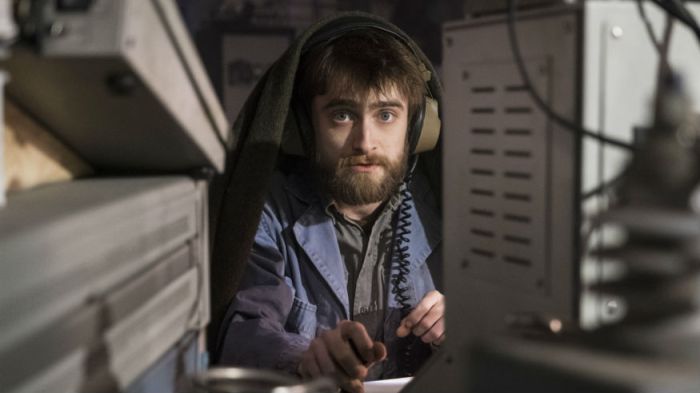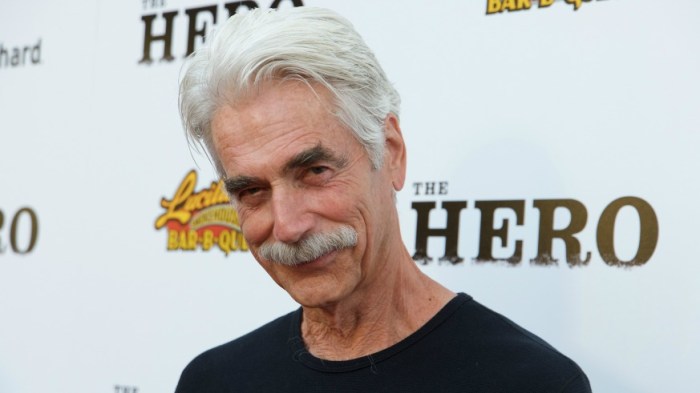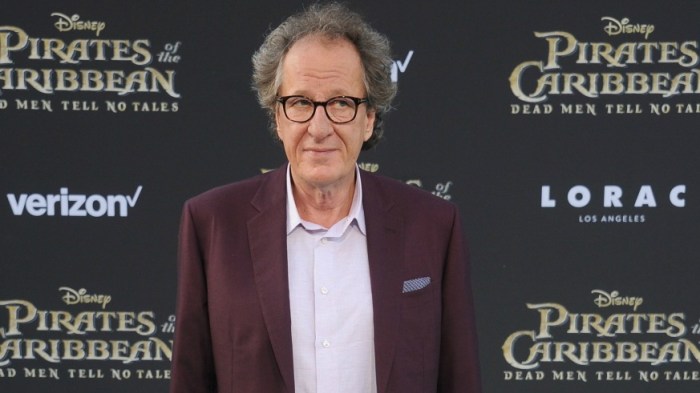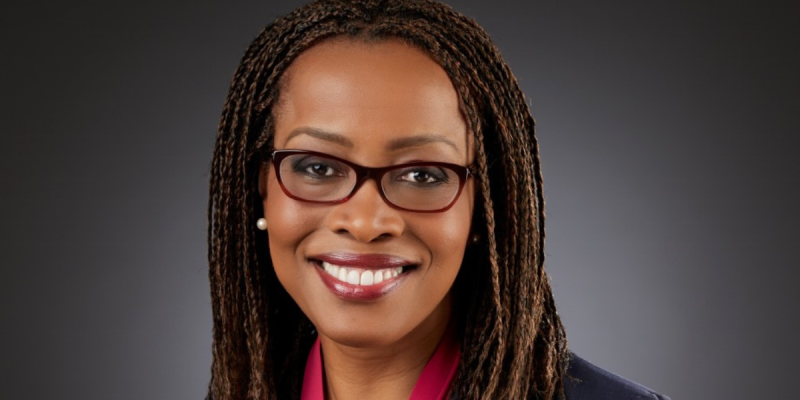Tim Robbins isn’t your typical message-mongering liberal. From “Bob Roberts” and “Dead Man Walking” to the new “A Perfect Day,” the actor-filmmaker is attracted to complexity, sometimes even playing the bad guys. His character in “Day” is a good guy: He’s an aid worker (along with Benicio del Toro and Olga Kurylenko) in the Balkans in the mid-’90s, fighting bureaucratic red tape to help a village with a contamination problem. But he’s no saint. Robbins, 57, talks to us about what socially conscious films have to do pique his interest and his real-life work helping rehabilitate prisoners.
RELATED: Interview: Benicio del Toro on “A Perfect Day” and wanting more nice guy roles What were you surprised to learn about aid workers?
They’re the kind of people who run towards the fire, the kind of person who wants to be in a situation where they can help. They’re not particularly concerned that it’s dangerous. There’s a certain madness to them, a certain incredible courage where in the madness lies a nobility. They give up themselves to help others. But it’s not a do-gooder thing. It goes deeper than that. It’s a compulsion to be in a situation that’s particularly dangerous, to go into that fire and emerge. Like a lot of politically-themed films you make, this isn’t about merely peddling good messages.
The fact that a script is dealing with an issue isn’t enough for me to say yes. It has to meet certain criteria as far as how it’s telling the story. From the very start with my theater company, we would get material that reflects on society. We were always looking for what is ironic about them, what it is that’s humorous, and what is it about the other person’s point of view that is legitimate. It’s really important that your good intentions don’t lead you into a didacticism that would undermine the subject matter. RELATED: How is “Carol” not a Best Picture Oscar nominee? Is that why you’ve often played characters who believe things you don’t, like the right-wing politician in “Bob Roberts” or the Apartheid police officer in “Catch a Fire”?
Yes. And those are always very challenging. On “Catch a Fire,” part of my homework was hanging out with the guys who did the torturing and policing during Apartheid. I had to get inside that skin and give [the character] a humanity. He’s not the twirling mustache bad guy. It’s more complicated than that. You have to find the reasons why people behaved in those abhorrent ways. What was in their mind that rationalized that behavior? I don’t think it gets you very far if you say, “Well, this guy’s just pure evil.” You’ve been busy lately with The Prison Project, which your troupe The Actors’ Gang launched in 2006. It gives inmates acting classes, and this year you’re expanding into eight prisons. America is quite bad at rehabilitating prisoners. We are bad at that. It’s getting better. I’ve found [the program] is truly transformative, not only for the prisoners but for the Actors’ Gang members. We demand emotional honesty from the prisoners we work with. But there’s also a strong physical element to it, and a reliance on teamwork. You’re only as good as you can be if everyone’s there with you and for you. There are no leaders or followers. It’s a group of people discovering it together. It’s something that teaches them, sometimes for the first time, to work together with disparate elements. Our classes are integrated across racial barriers, and along gang barriers. When you have a white supremacist and a member from the Bloods bonding over an emotion by playing characters, there’s a deep connection that happens that is more meaningful than what they’ve had in the past. Sometimes for the first time you see what was a segregated yard become more integrated. RELATED: Interview: Dakota Fanning talks “The Benefactor” and says she’s not a snob Did this subject become even more of interest to you after doing films about prisoners?
Doing “The Shawshank Redemption” was my first taste of being in prison. I got to know a few of the inmates and guards who were working as extras. It was the prison guards in “Shawshank” who told me in 1993 what was wrong with the prison system. These are conservative, salt-of-the-earth, probably Republican prison guards who were telling me there should be two separate prisons: one for violent offenders, and one for non-violent offenders. They were being overrun with non-violent drug offenders. The guards described prison as essentially crime school — for non-violent offenders to find a way to be tougher and maybe exist prison a violent offender. This was the core problem in 1993 and it’s the core problem today. The problem is rehabilitation. We have to be more aggressive and have more ways for these guys and women to figure out how to exit prisons with better tools that they came in with.
Tim Robbins on what ‘The Shawshank Redemption’ taught him about prison
Follow Matt Prigge on Twitter @mattprigge






















